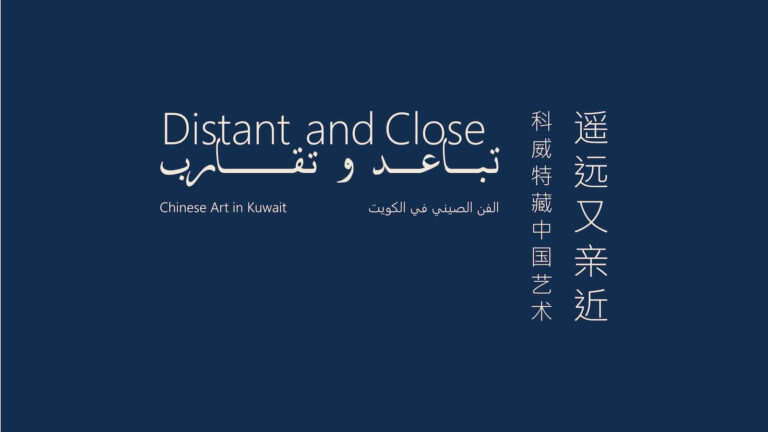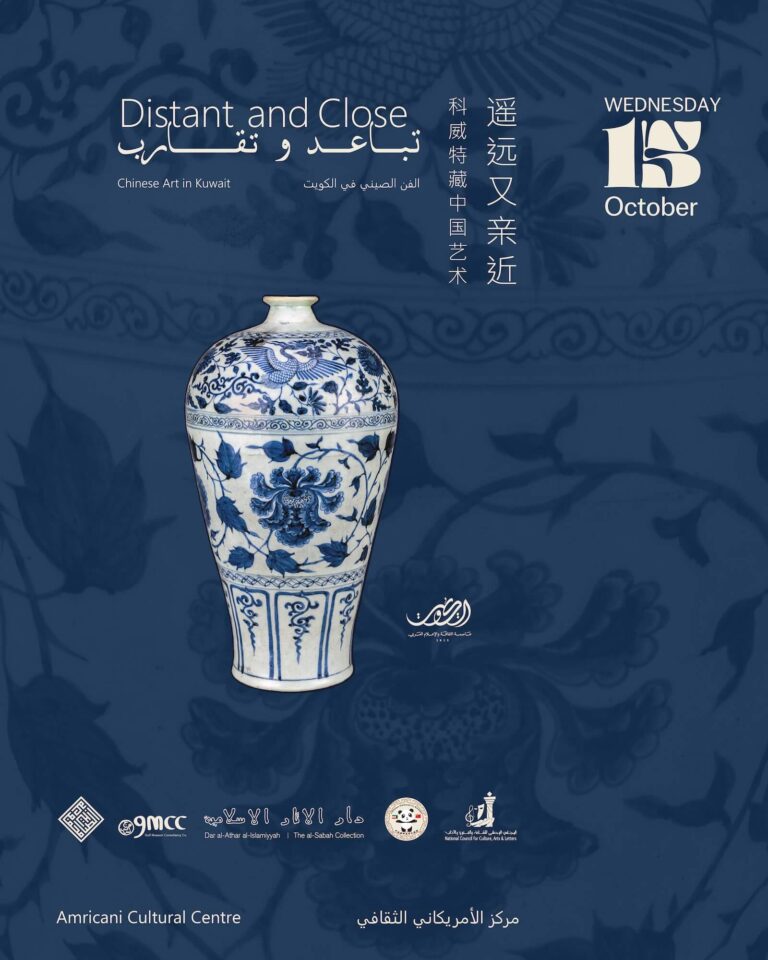China and the Islamic lands were not just bound by trade;
their relationship unfolded through a dynamic web of ritual,
technology, artistry, and imagination. The exhibition aims to
unfold this narrative through objects that were exchanged,
emulated, reinterpreted, and ultimately absorbed into new
cultural ideas and landscapes.
Beginning with the shared human impulse to protect,
commemorate, and remember, the exhibition opens with funerary
objects, including bronze ritual vessels, inscribed amulets, mirrors,
and talismanic objects. The purpose of selecting these objects is
to reveal how each tradition developed a material language to
safeguard the soul. These objects reflect a belief in the power of
word, form, and symbol to mediate life and the afterlife.
From there, the narrative shifts to the workshops and kilns of
China and the Islamic lands, where artisans responded to foreign
inspiration with technological ingenuity and creative adaptation.
The arrival of Chinese sancai ware and Islamic splashware, along
with the introduction of cobalt pigment from Afghanistan,
revolutionised Chinese porcelain; as a result, blue-and-white
ceramics became an acquired global taste, later adopted in
Ottoman Iznik, Safavid Isfahan, and Europe.
The exhibition concludes with a material story of the shared
interest in jade, as well as many human stories that animated
this exchange. This includes geographers, envoys, poets, and
travellers – such as Ibn Battuta, al-Masudi, and Zheng He, who
documented, imagined, and interpreted “the other.” Illustrated
manuscripts and hybrid artworks depict not only real encounters
but also romanticised visions, where foreign merchants and
legendary kings go beyond cultural and narrative boundaries.
Muslims who travelled to China and ultimately stayed there
developed local forms of art, calligraphy, and expressions of faith
and identity.
Together, the objects in this exhibition invite the visitor to
reconsider borders—not as barriers, but as porous zones of
exchange, where materials, beliefs, and artistic languages
are constantly negotiated. In doing so, they reveal a long and
complex history of mutual influence, rooted in shared curiosity,
aesthetic admiration, and the enduring human desire to connect
across worlds.

